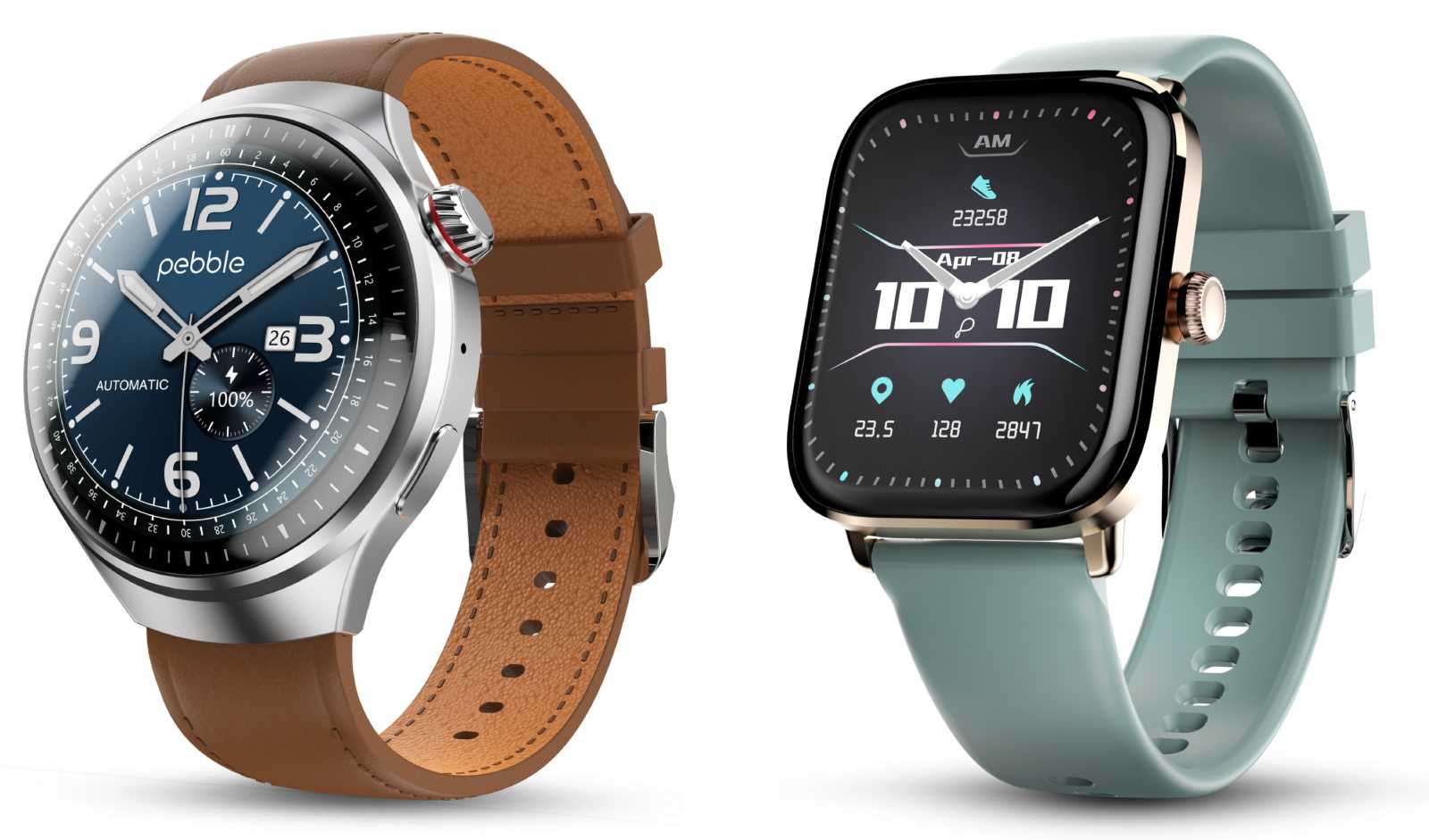The return of Pebble presents a chance to rethink the smartwatch landscape. Eric Migicovsky, the visionary behind Pebble’s original minimalist e-paper wearable, is back with a new device that echoes the classic design of the brand’s early smartwatches.
The Core 2 Duo and Core Time 2 are the first products to emerge from his revived vision, and early footage of these devices shows promise—not for groundbreaking features that set them apart from the typical Apple Watch, but for the fact that they offer something refreshingly different from what’s currently available.
Mainstream smartwatches from brands like Google, Samsung, and Apple haven’t sparked much excitement lately. Both Samsung and Apple are racing to load their devices with health sensors, and even the highly anticipated Apple Watch Series 11 is expected to offer little more than a thinner body and a slightly improved display.
In contrast, Core Devices’ Core 2 Duo, in its current form, is essentially a revamped Pebble 2 with minor updates. It features a modest 1.2-inch display and—remarkably—no touchscreen. Instead, it’s controlled by physical buttons. The Core 2 Duo has a black-and-white screen, while the $225 Core Time 2 steps up with a 1.5-inch color touchscreen display and a heart rate monitor.
In a video posted on Thursday, Eric Migicovsky provided more details about the smartwatch and the pricing challenges U.S. customers can expect due to Trump-era tariffs. He confirmed that the Core 2 Duo is being manufactured in China, but the company plans to ship the devices in bulk to the U.S. in an effort to offset the 27.5% tariffs on smartwatches by distributing the burden between the factory and shipping costs. Migicovsky estimated that shipping fees could increase by $10 to $25 per unit.
However, things may change after President Trump’s 90-day suspension of tariffs on countries outside of China, and pricing could fluctuate once this pause expires. Despite these uncertainties, the expected shipping date remains set for July this year.
The company also has plans for upgrades. Migicovsky mentioned hopes to integrate complications—small widgets that display time or app notifications—along with deeper Beeper integration for a comprehensive messaging experience.
Additionally, he expressed interest in adding an AI assistant to the smartwatch, inspired by Bob.ai, which leverages Google’s Gemini AI to provide quick answers to simple queries. The watch will also feature a microphone for users to interact with ChatGPT, as well as a speaker for it to respond aloud.
The Core 2 Duo is expected to retail for $150, which is considerably cheaper than the $400+ price tag of the Apple Watch Series 9 or Series 10. However, with frequent sales of major brands like Apple, Pebble will face stiff competition from these larger players. The question remains: is there still a market for lower-powered, less health-focused smartwatches?
The success of Core Devices may depend on whether it chooses to cater mainly to those nostalgic for the Pebble ecosystem. Unlike Nothing, the company founded by OnePlus alum Carl Pei, which has captured attention in the Android phone market with its eye-catching transparent designs, Core Devices is taking a more understated approach. Nothing’s CMF sub-brand, which produces compelling alternatives like the Phone 2 Pro, is positioning itself as a challenger to Pixel and Galaxy devices.
Migicovsky, in contrast, operates with a much lower profile than Pei and isn’t using flashy “glyph” lights to draw attention to his smartwatch. Instead, he’s focusing on building his brand through fans and word of mouth, without overemphasizing advanced smart features.
The Pebble founder shared that he enjoys smartwatches for their ability to deliver notifications in a simple, accessible way. “It’s fun,” he said, showing off a watch face featuring an octopus holding an ice cream cone. “I love having a device in my life that brings me happiness.”


